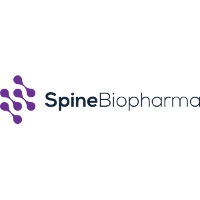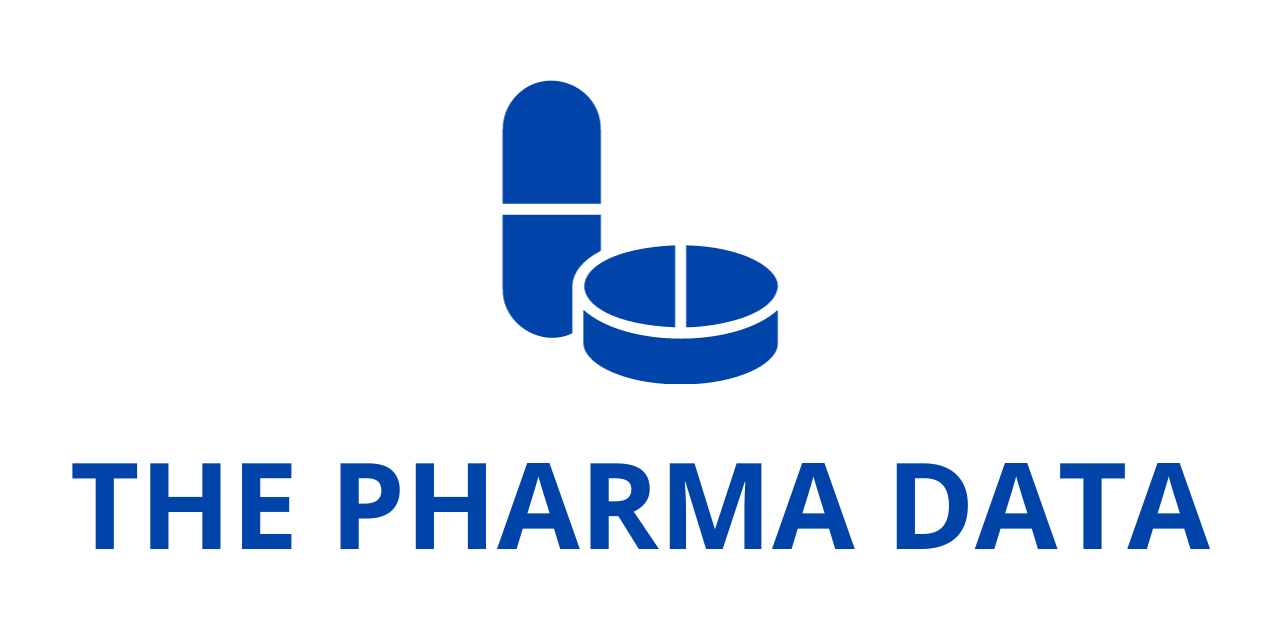
Spine BioPharma Releases Phase 3 Data for SB-01 in Chronic Low Back Pain: Trial Misses Primary Endpoint Amid Strong Safety and Subgroup Efficacy Signals
Spine BioPharma, Inc., a clinical-stage biopharmaceutical company advancing non-surgical treatments for spine-related pain, has announced topline results from its pivotal Phase 3 MODEL trial evaluating SB-01 (vicatertide), an investigational TGF-β antagonist developed for intradiscal injection in patients with chronic low back pain (CLBP) associated with degenerative disc disease (DDD). While the trial did not meet its primary composite endpoint of pain intensity and pain-related function at 6 months post-treatment compared to a sham control, the data revealed promising clinical signals and a strong safety profile consistent with previous studies.
Overview of the MODEL Trial Design
The Phase 3 MODEL trial—short for MOderate – Severe Degenerative Disc Disease Evaluation of the Lumbar Spine—was designed as a prospective, double-blind, randomized, sham-controlled clinical study. It enrolled 417 patients across 30 clinical sites in the United States, evaluating a single 1.5 mL intradiscal injection of SB-01 compared to a sham procedure. Eligible participants included those with moderate to severe CLBP due to 1- or 2-level DDD.
Patients were followed at various intervals: Week 2, Week 6, Month 3, Month 6 (primary endpoint), and Month 12 (secondary follow-up). Efficacy was measured using the Numerical Rating Scale (NRS) for pain intensity and the Oswestry Disability Index (ODI) for pain-related functional impairment. The primary endpoint required patients to achieve a 2-point reduction on the NRS and a 15-point improvement on the ODI, classifying them as a composite success.
Key Findings from the Phase 3 Study
Though SB-01 did not reach statistical significance on the primary endpoint when compared to the overall sham group at Month 6, several encouraging findings emerged:
- Strong Safety Profile: As in the previous Phase 2 trial involving 325 patients, SB-01 continued to demonstrate a robust safety profile with no new safety signals.
- Clinically Meaningful Improvements: Patients receiving SB-01 showed numerically and clinically meaningful improvements in both pain intensity and function, which were consistent across all time points out to 6 months and durable through Month 12.
- Durable Efficacy: In the cohort that reached the Month 12 follow-up (N=281), 62% of SB-01-treated patients achieved composite success.
- Comparable Response in 1- vs 2-Level Disease: No meaningful differences were observed in treatment response between patients with 1-level or 2-level DDD, indicating consistency in SB-01’s effectiveness across DDD severity.
- High Sham Response Hindered Statistical Significance: The unexpectedly elevated sham control response significantly influenced the trial outcome. While the statistical model had accounted for a moderate sham response based on Phase 2 data and CLBP literature, some sites displayed disproportionately high placebo responses that skewed the overall results.
Site-Specific Sham Variability and Subgroup Analysis
One of the most striking challenges in the MODEL trial was site-to-site variability in the sham control response. Some investigative sites exhibited placebo response rates much higher than anticipated, confounding the ability to statistically separate SB-01 efficacy from sham effects.
To address this, Spine BioPharma conducted a post-hoc subgroup analysis of 227 patients from sites that exhibited sham response rates in line with expectations based on the prior Phase 2 study. This subset revealed:
- Composite Success Rates (ODI+NRS):
- SB-01: 70%
- Sham: 59%
- Nominal p-value: 0.051
- Pain-Related Function (ODI) Success Rates:
- SB-01: 79%
- Sham: 69%
- Nominal p-value: 0.040
These findings suggest that SB-01 outperformed sham in patient populations where placebo responses were not anomalously high and offer a compelling signal for clinical benefit.
Expert and Executive Commentary
Fran Magee, DVM, Chief Technical Officer of Spine BioPharma, underscored the alignment between the current and previous Phase 2 results for SB-01, stating:
“The Spine BioPharma-01 patients responded as anticipated and consistent with the Phase 2 study. In contrast, the sham control response was statistically significantly higher than observed in the Phase 2 study. The statistical design anticipated a high placebo response, but we were surprised by how much higher it turned out to be in this Phase 3 trial, which ultimately prevented us from achieving statistical significance.”

Marc Viscogliosi, Chief Executive Officer, expressed disappointment at the missed primary endpoint but reaffirmed confidence in the trial’s execution:
“Despite our disappointment in missing the primary endpoint, we are quite proud of enrolling and completing this trial under strict FDA guidelines. We ran a solid trial, and had the sham control response been closer to our projections, the results would have favored SB-01 with statistical significance.”
Christopher Gilligan, MD, Principal Investigator of the MODEL trial, added:
“This was a landmark, well-designed clinical trial with strict enrollment criteria and very high follow-up rates. Pain studies are inherently challenging and susceptible to placebo effects, which were particularly high in this case. We’re grateful to all the patients, investigators, and clinical teams who made this study possible.”
Broader Context: Unmet Need in Chronic Low Back Pain
Chronic low back pain linked to DDD remains a significant unmet medical need. Traditional treatments like NSAIDs, physical therapy, and opioids often provide insufficient relief, while invasive options such as spinal fusion or disc replacement come with surgical risks and long recovery times. SB-01 represents a minimally invasive, biologic alternative designed to address the underlying pathophysiology of disc degeneration by inhibiting TGF-β, a key signaling molecule implicated in fibrosis and disc tissue breakdown.
Even though Spine BioPharma-01 missed the statistical mark in this trial, its clinical profile, favorable safety, and durable response make it a compelling candidate for continued development.
Next Steps: Regulatory Strategy and FDA Engagement
Spine BioPharma plans to complete its detailed data analysis and initiate discussions with the U.S. Food and Drug Administration (FDA) to determine a potential path forward for SB-01. These regulatory discussions will incorporate:
- Results from this Phase 3 MODEL trial
- Supportive data from the earlier randomized Phase 1 and Phase 2 studies
- Subgroup analyses and site-specific response variability
- The drug’s strong safety record and clinical durability
The Spine BioPharma company aims to assess whether a regulatory approval path remains viable for SB-01 as a treatment for CLBP associated with moderate-to-severe DDD, potentially using available mechanisms such as Breakthrough Therapy Designation, Accelerated Approval, or Subgroup Labeling strategies.
While the topline result from the MODEL Phase 3 trial for SB-01 (vicatertide) did not achieve the primary endpoint due to an unexpectedly strong sham control response, Spine BioPharma remains optimistic about the therapeutic promise of SB-01. With a consistent safety profile, clinically meaningful pain relief and functional improvement, and strong results in patients from sites with expected placebo rates, SB-01 continues to show potential as a non-surgical treatment for chronic low back pain. The Spine BioPharma company will now focus on engaging with regulators to explore how this therapy could be brought to patients in need.




